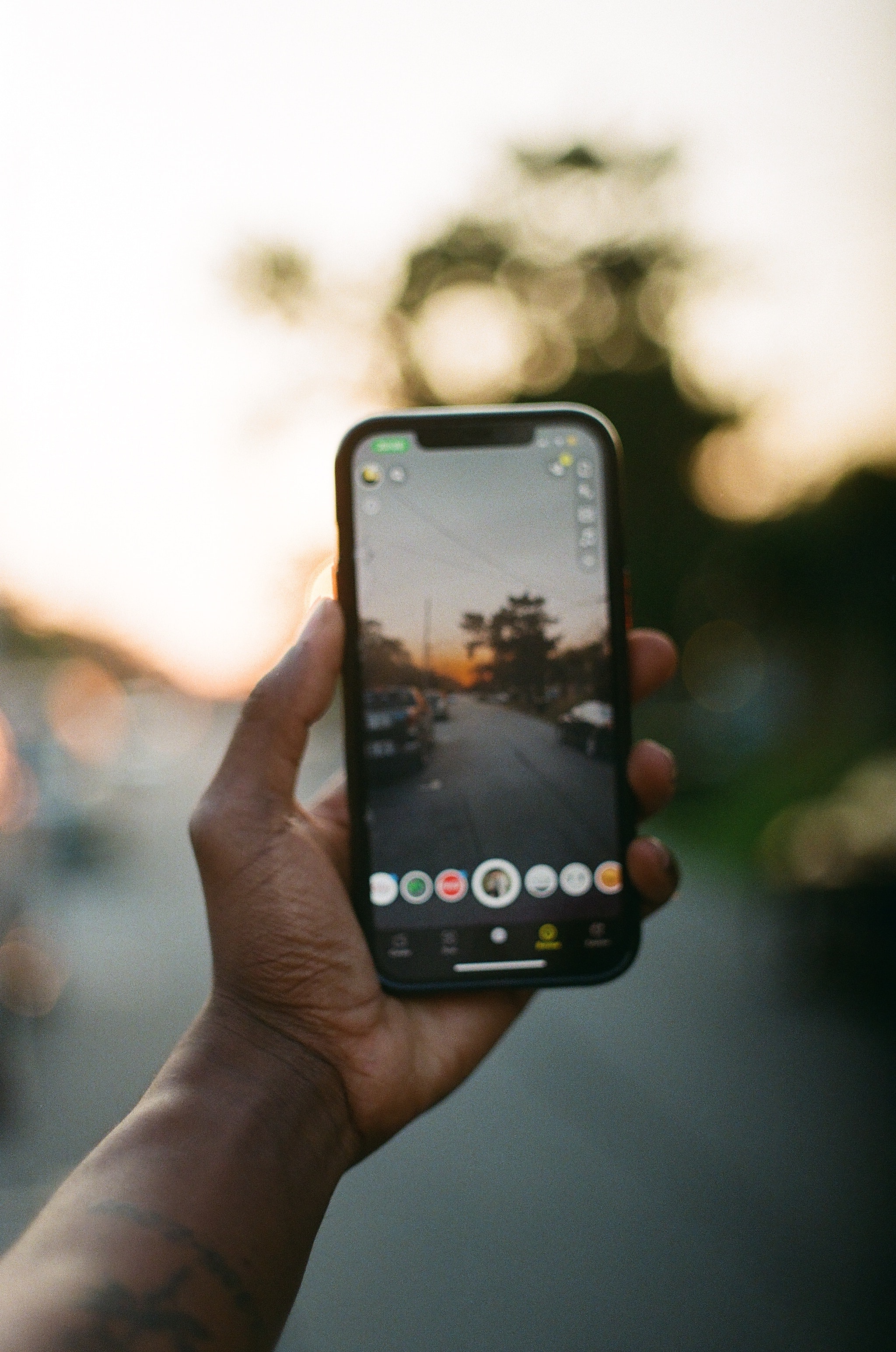Can conventional design be innovative?

Radical design
Snapchat was radically different from anything else out there. After opening the app, the early version pulled you straight into camera mode, skipping any menu or dialog. It became an instant hit and Instagram's biggest competitor.
Years later, when Snapchat changed its design, almost a million people signed a petition to cancel the update?! People have gotten used to the once-radical and now conventional design.
Innovation that doesn’t work
Today, I am redesigning an award-winning app of the Netherlands' biggest news outlet. As it turns out, the innovative navigation was confusing to most people.
The app won its award for innovation, offering a very bespoke user experience; It had a cube you could flick, move from 'world' to 'world' - each with its custom content and menu. But as it lacked intuitiveness, no one used the navigation resulting in unconsumed content. So it came as no surprise that this flawed design had a detrimental effect on advertisement income.
Understandably most brands want to differentiate themselves. But is having a bespoke design the best way to add value to the product?
I noticed governing a design system, how eager most designers wanted to leave one's mark, to make it their own. Of course, the intentions were good most of the time as they were looking to remove any friction of the users' journey. But unfortunately, many attempts resulted in disregarding our established patterns and conventions.
Another example of breaking conventions is French-carmaker Citroën. When designing the Cactus concept car, they aimed to maximize optimization; removing the redundant dash altogether resulted in extra space for passengers and reduced manufacturing costs.
Soon after, they had to reintroduce the dash because researchers showed most people felt unsafe because of the subtraction of the dash. Choosing a more conventional design has its uses.
But how can we innovate?
The main goal of the news outlet was to have its customers consume more content. So we decided to remove the cube altogether to make room for more familiar navigation patterns. The early research results look promising – a more conventional design seems to be the way forward.
When Citroën decided to bring back the dash, they concluded it would be better to double down on choosing a more conventional design and focus on innovating the essentials. It turned out to be a success – as Top Gear put it:
"We all know people who get frustrated by the complication in modern cars. Too many levers, confusing buttons, and options. The need to spend hours with your nose jammed in the instruction book."
"So the Cactus is a more straightforward, more transparent, and more sociable take on life on the road."
The end-product is still innovative and is an excellent example of value innovation by adding value and reducing cost.
Make defining conventional design a collaborative effort
Conventional design helps to increase the acceptance and usability of your product. But how can we determine what IS conventional design?
An essential part of the Design Sprint method is finding conventions by looking at a competitors’ solution that helps solve the problem at hand. There is a good chance you are using this method in one way or another.
Once you get to a result, your findings of conventions are often kept.
To achieve a shared understanding of what conventional design IS, we can consolidate our ideas in public. Join the conversation on a new topic every month on Twitter and build upon shared research and experience. A final result will get published.